Your cart is empty
Keep ShoppingJade, greenstone, or pounamu?
At Mountain Jade we often get asked online and in store about the many various names for what is perhaps most commonly referred to as jade. Each name can be loosely understood as fitting into cultural and scientific categories, although the two often blend together, creating a rich history. All over the world, jade’s many names can cause some confusion, but this abundance of history is one of the reasons we love jade so much. Jade can be categorised and identified by the mineral makeup of the stone, its geographical origin, its appearance and its design and cultural significance. Greenstone and pounamu are both primarily terms that originated from New Zealand, with pounamu being the te reo Māori word for jade.

How is greenstone formed?
Pounamu - or New Zealand jade - occurs in two mineral forms, nephrite and bowenite. Both were formed deep in the earth where hot fluids cause a chemical reaction in zones where volcanic and sedimentary rocks come together. As the Southern Alps were formed over the last two million years, pounamu was lifted up to the earth’s surface through a process of heat and pressure. Pounamu continues to be carried into rivers and down to the sea by erosion.
There are many complex interactions that can occur in jade and the emerald-green colour it is most commonly associated with is due to the presence of a chemical called chromium. While jade is mostly known for its green colour, other mineral compositions of jade exist that span from a colourless translucent hue through to yellow, orange, pale blue, pale violet or lavender, burnt-maroon, red, grey, and brown. The multiple colours in jade are caused by a few different factors. Some of the variations are mineral tinting on grain boundaries, for example, hydrous iron oxides are responsible for the red, orange and brown tones. The darker green streaks are caused by an iron compound, while the grey and black is caused by graphite.

The koru tooth necklace (pictured above, middle) has what gemologists would refer to as iron oxides tinting - they’re compounds in the grain of the mineral giving the pounamu a beautiful deep ochre vein down its right-hand side. The koropepe necklace features a paua shell eye that compliments the deep ocean green pounamu. Our master carvers look to these colours and textures when making decisions surrounding the design of each piece. Here, our master carver has chosen to accentuate certain aspects of the design with the natural details of the raw material. The carving process can be thought of as a relationship between the raw material and the carving design, each informing one another.

The yellow ochre tinting down the left-hand of this kete design is evidence of compounds in the grain of the mineral. The carver has chosen to highlight this in the design, and likely chose the stone because of this special detail.
Jade
As a starting point, jade is a given or cultural, name and it originates from the ornamental stone jade, which is used in artwork and in jewellery making. Etymology is the study of the origin of words and the way in which their meanings have changed throughout history, and it can be an enlightening way to trace history. Jade, for example, can be traced from the Latin ilia, which was then translated through Spanish ijada, the French l’ejade and then Spanish piedra de ijada - meaning stone of the loins.
There are two types of Jade; jadeite and nephrite. Jadeite is a silicate of sodium and aluminium and is found in an area of Northern China. Nephrite is a silicate of calcium and magnesium and is found in New Zealand. Nephrite jade is what the Maori term pounamu refers to.
The word ‘jade’ is a collective term for two rock types defined by the French mineralogist Professor A. Damor in 1863. Before this, all rock specimens that looked like jade were named jade, irrespective of their variety. It is now agreed that the two main types of jade, nephrite and jadeite are chemically quite distinct. There was also a third, called chlormilite, which is now regarded by most authorities as an iron-rich variety of jadeite. Named by Damour from the word jade, Jadeite has a wide colour range and is harder than nephrite jade. The origin of the term nephrite is much older than the word jade. It originates from the Greek nephros, meaning ‘kidney’ and as it was believed to treat ‘nephritis’ - or inflammation of the kidneys. People who suffered from this disease either ate the stone ground to a paste or wore it as a charm.
Greenstone
This term is particularly popular in New Zealand to describe the mineral which is usually the mineral nephrite and sometimes bowenite which is a type of serpentine. However, greenstone can be a misleading name, due mainly to the fact that jade is a mineral, not a stone. The term greenstone has been used interchangeably and generally to refer to a whole host of descriptions of fine-grained green indigenous rocks which are not all related to jade. The term New Zealand greenstone is reluctantly accepted by geologists and is often used to refer to neolithic artefacts that look like jade but have not been specifically identified.
While Captain James Cook described the Maori hei tiki and other ornaments carved from jade as being of a green stone and correctly identified these ornaments as being of the nephritic species.
Other jade-like Maori artefacts have been described as being green stone and this led to word greenstone. While common in New Zealand, it is reported that term greenstone is often confusing to visitors from overseas. This term has gradually been replaced by pounamu and jade as more commonly accepted namings.
As our local jade variety, the formation of pounamu relies on the existence of different kinds of geological rocks to forge with the mineral. There is greywacke rock formation, which takes place deep within the earth’s crust. New Zealand nephrite is derived from another rock type named dunite. Dunite is rich in iron and magnesium, and then semi-nephrite rock, which is structurally weaker due to the large crystals within the rock.

This Mountain Jade koru hook necklace is carved out of New Zealand flower jade, or pounamu.
Pounamu
Pounamu refers to several types of hard, durable and highly valued nephrite jade, bowenite, or serpentinite stone found in southern New Zealand. While pounamu is the Māori name, these rocks are also generically known as "greenstone" in New Zealand English. At Mountain Jade, we use a variety of nephrite jade types from around the world to craft the unique pieces.
The various types of pounamu are sub-categorised by Māori as Īnanga, Kahurangi and Tangiwai. Īnanga pounamu takes its name from a native freshwater fish and is pearly white in colour. Kahurangi pounamu is a vivid shade of green, named after the clearness of the sky. Kawakawa pounamu is named after the leaves of the native kawakawa tree. This type of pounamu is often flecked with other colours and is a common variety. Tangiwai pounamu is clear and can come in many colours from. Its name comes from the Māori word for the tears or sorrow.
There is lots to learn and discover with it comes to pounamu - from the geological processors of its creation to the collection of jade, through to the design and carving process. Teaching and learning about the beauty of jade is something we're always pursuing at Mountain Jade. We're always looking to discover and improve on our art form, where possible. We love to share our stories about this fascinating mineral, and we run regular tours through our studios in Hokitika and Rotorua where you can learn with us about why each Mountain Jade piece is designed for generations.
-
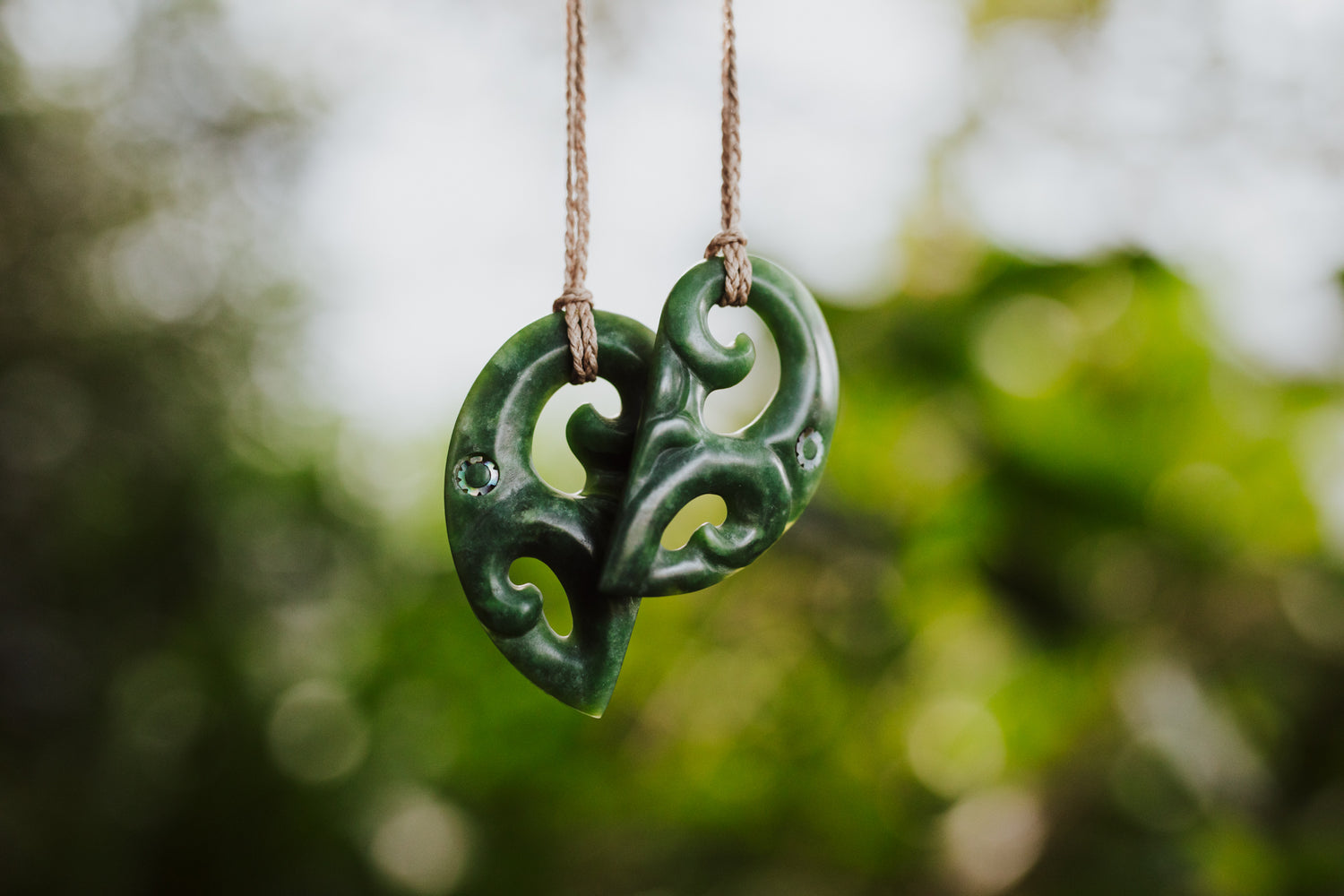
The Art of Giving
According to cultural anthropologists, gift giving is in our DNA. It is an innate impulse or activity that doesn't need too much thought or reason; a reflex we're born with,...
-
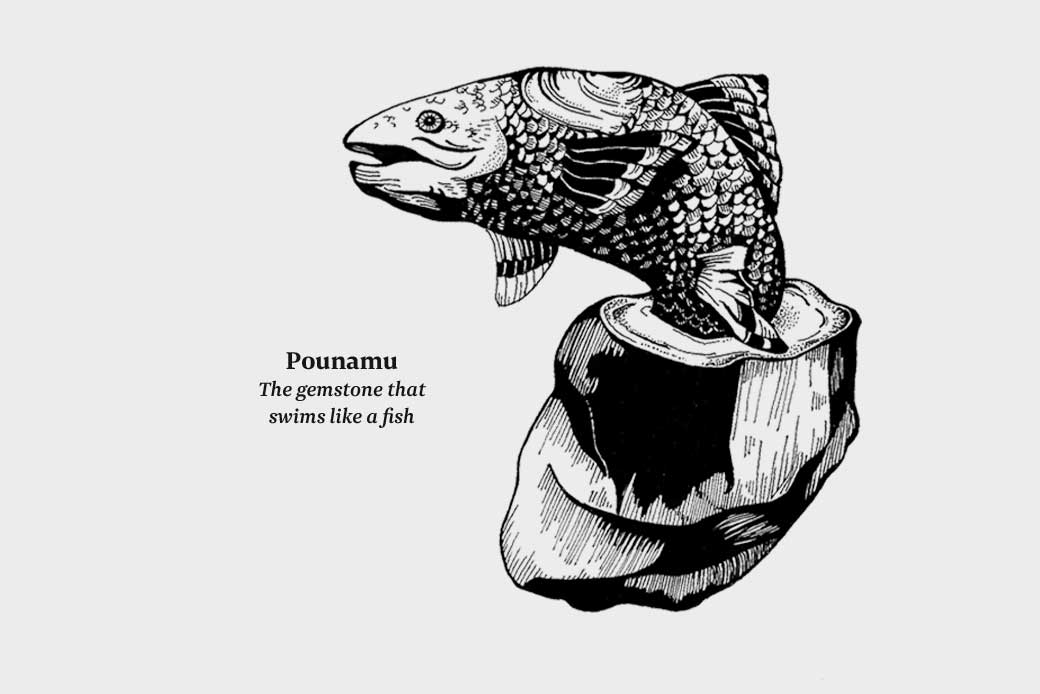
Locating pounamu - the gemstone that swims like a fish
Jade, or 'pounamu' as it is known to Māori, has been used to craft beautiful ornaments for thousands of years. Pounamu is famous for being highly valued in Māori culture,...


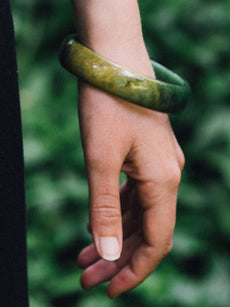
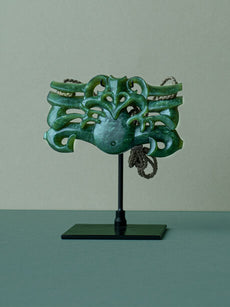
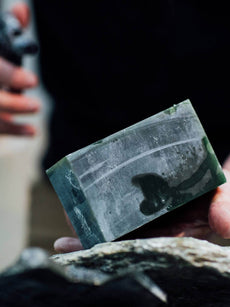
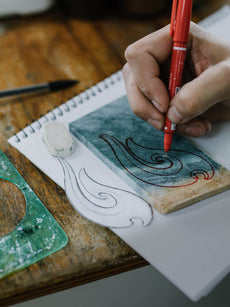

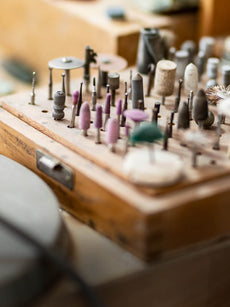

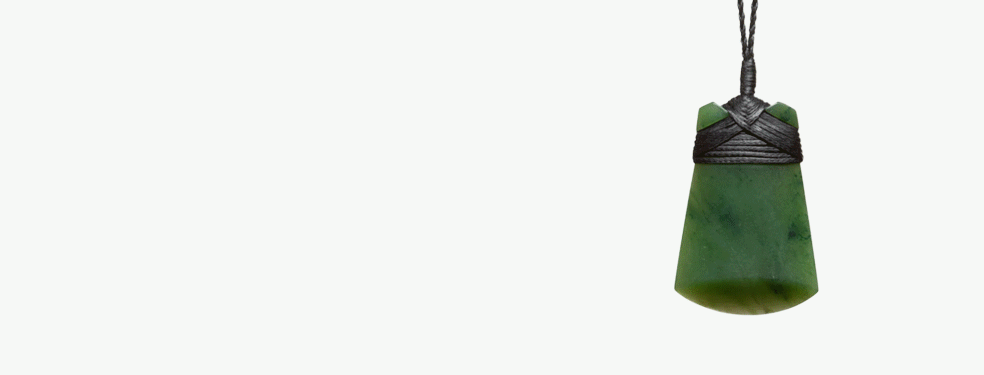
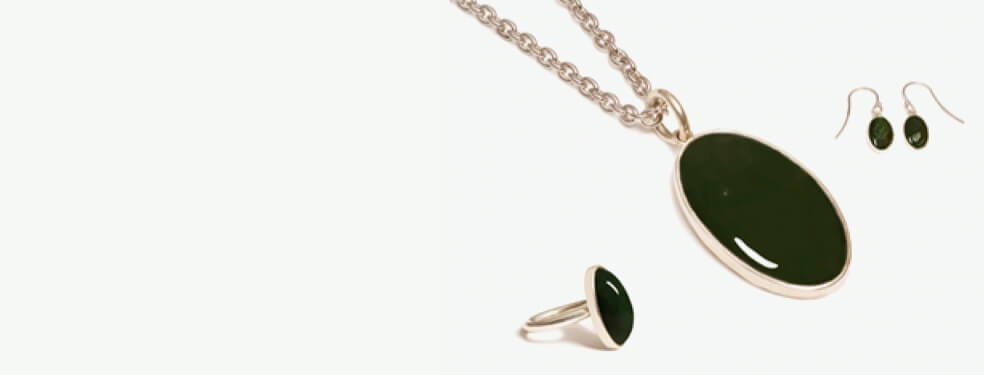




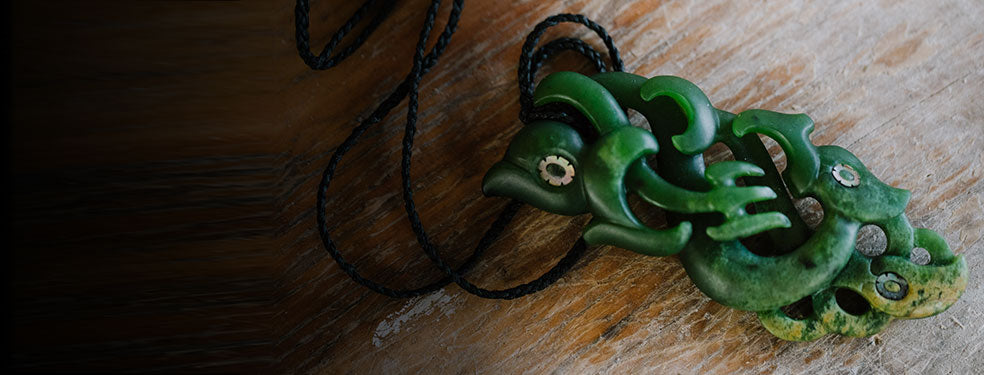






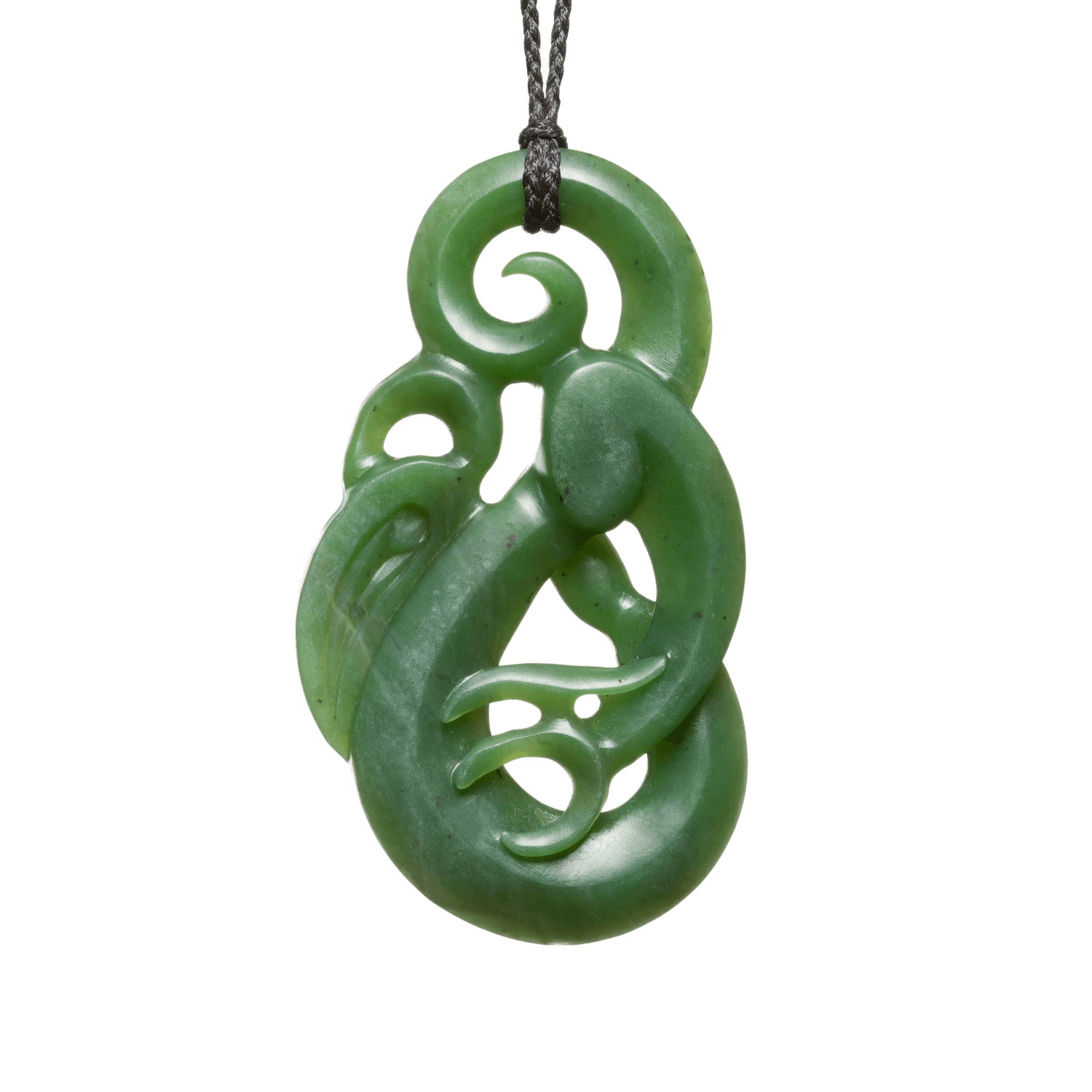
Follow Us
Stay in the know on new releases, special offers, and more.